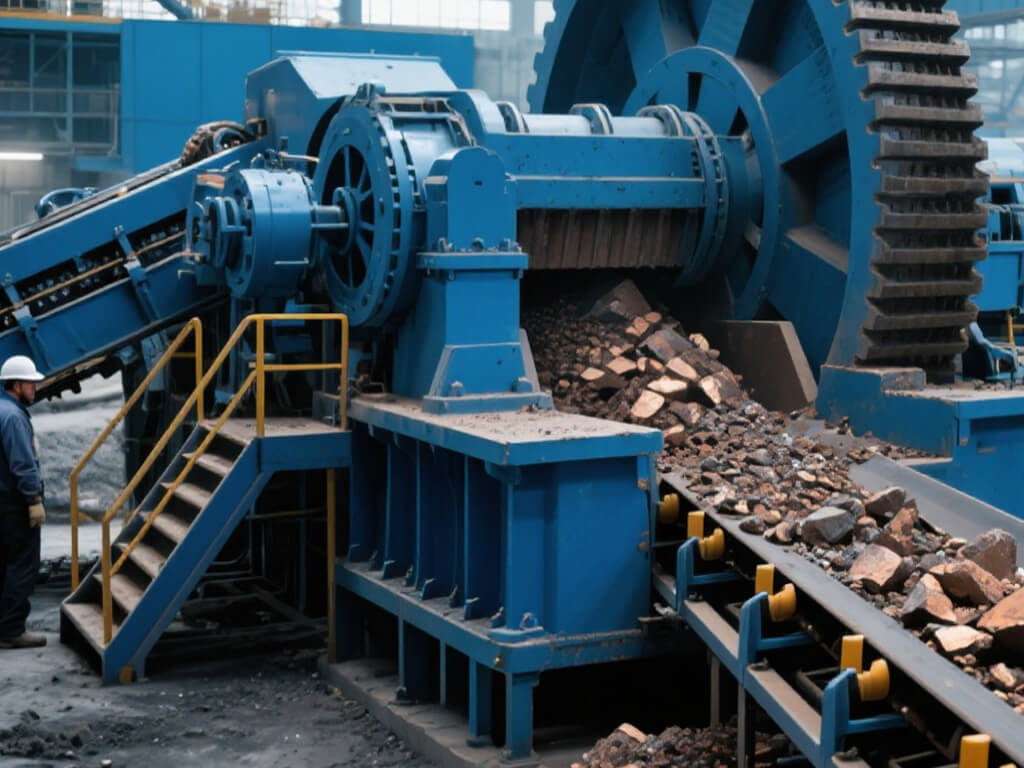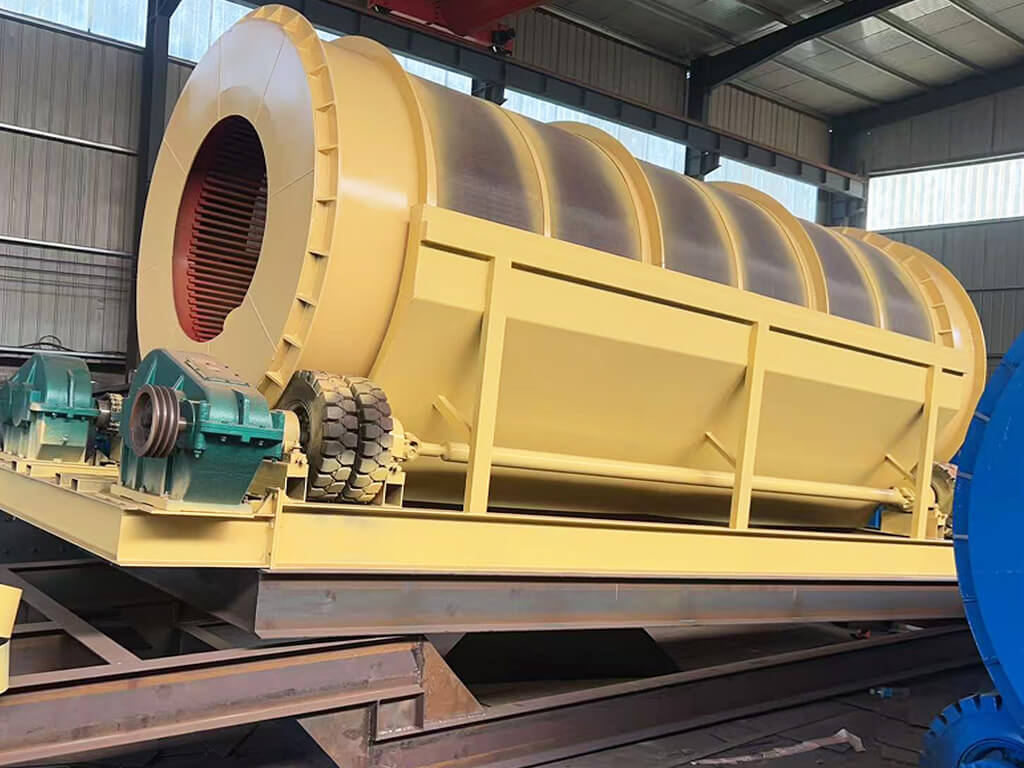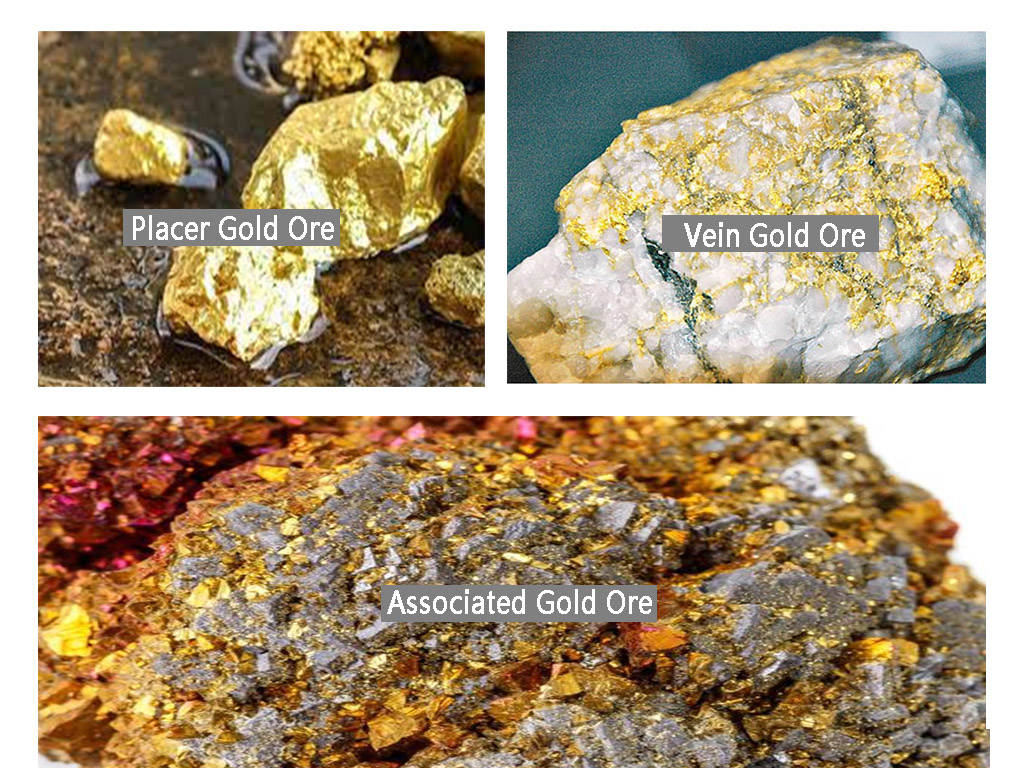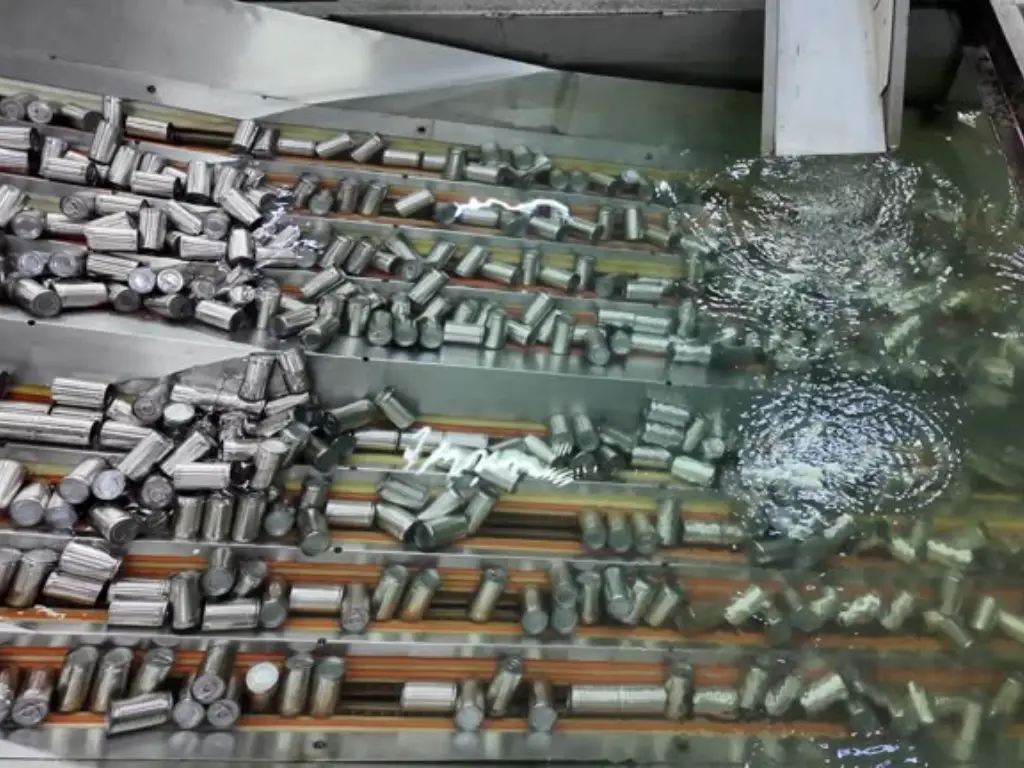- Home
- Blog
- Mineral Solution
- Mastering Hematite vs Magnetite: Expert Guide
What is Iron Ore?
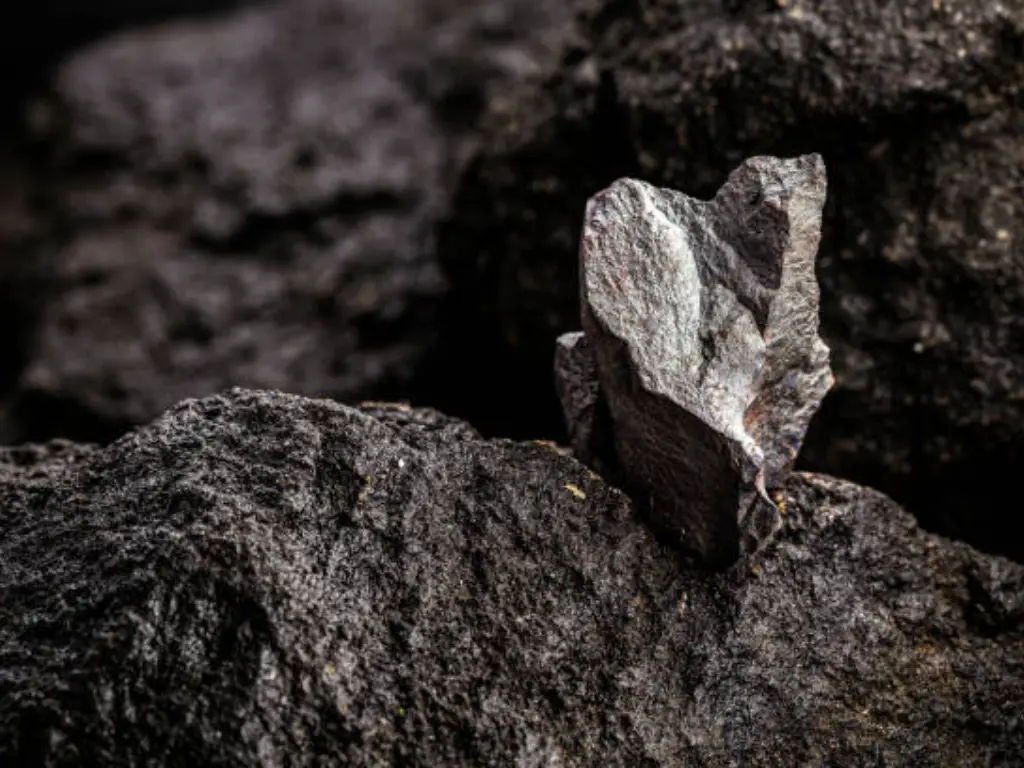
What is Hematite?
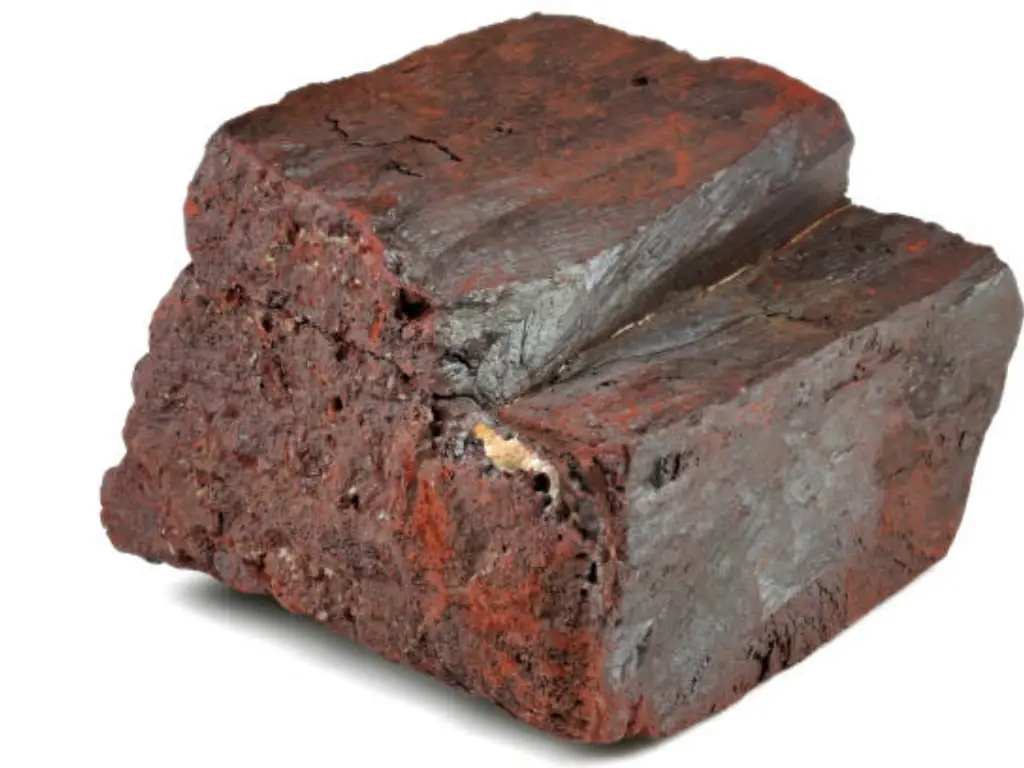
What is Magnetite?
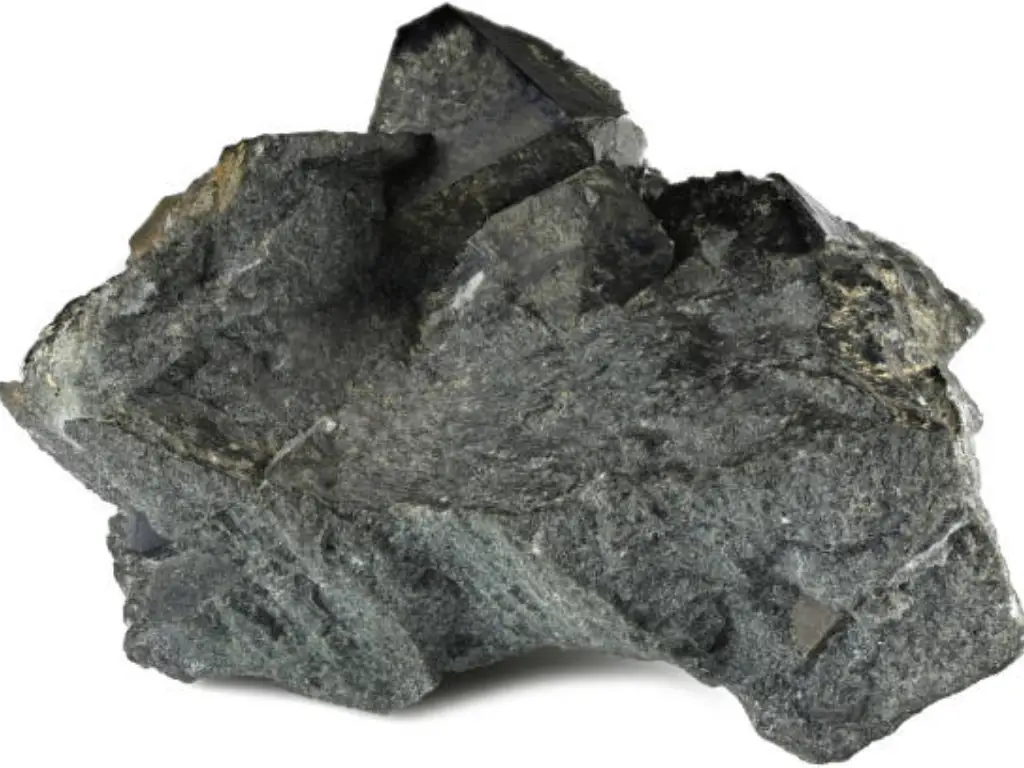
Hematite vs Magnetite
| Property | Hematite | Magnetite |
|---|---|---|
| Chemical Formula | Fe₂O₃ | Fe₃O₄ |
| Magnetic Properties | Non-magnetic | Strongly magnetic |
| Crystal Structure | Trigonal | Isometric |
| Color and Streak | Silver to black, red streak | Black or brownish-black, black streak |
| Hardness | 5.5-6.5 | 5.5-6.5 |
| Density | 5.3 g/cm³ | 5.2 g/cm³ |
| Formation | Sedimentary, metamorphic, igneous | Igneous, metamorphic |
| Main Use | Steel production, pigments, supplements | Steel production, industrial applications |
| Market Value | Higher due to higher iron content | Lower, but valued for magnetic properties |
How to Distinguish Hematite from Magnetite?
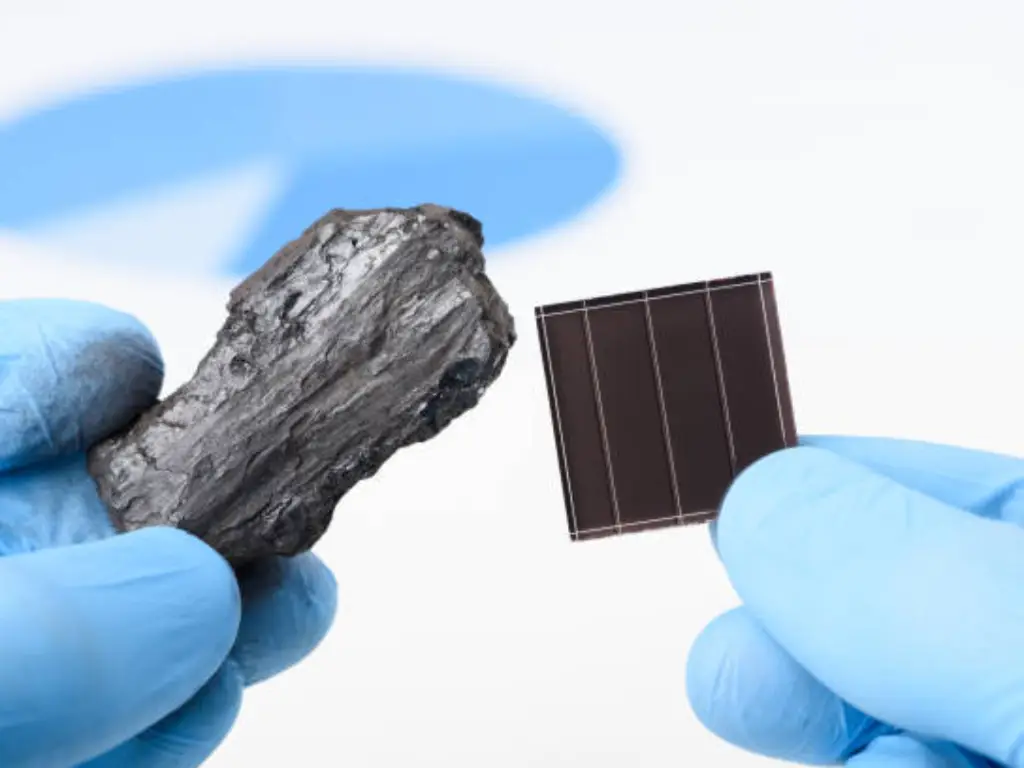
Method 1: Density Measurement
Method 2: Magnetism Test
Method 3: Crushing and Milling
Method 4: Colour and Streak test
The color and streak test is a kind of simple ways to distinguish hematite from magnetite that entails using a ceramic plate to scrape the ore and observe the color of the streak left behind. Hematite has a reddish-brown streak and magnetite has a black streak. This method is useful in distinguishing the primary type of ore in various situations, ranging from small samples to large scale at major mining operations.
The color and streak test is advantageous because of its ease and the fact that few pieces of equipment are needed. However, the streak test can be less accurate if the ore is not in its pure form, since the presence of impurities may change the color of the streak. However, this method is not very effective when dealing with lump ore samples that are hard to scrape.
Method 5: Effect of Acid
The reaction to acid tests is straightforward and can give an immediate result on the type of ore present; however, it involves the use of chemicals and safety measures that may not be easily applicable in the field. Also, the test can be affected by impurities such as sulfur in the ore, which may lead to variation in the results.
Method 6: Optical Mineralogy
Optical mineralogy is the method of identifying minerals in thin sections of the ore under the polarizing petrographic microscope. Hematite and magnetite are two minerals that have different optical characteristics that can be distinguished under the microscope. Hematite is generally red to brown in color, whereas magnetite is black and non-translucent. This method is especially effective for mineralogical investigations at primary iron ore deposits.
The benefit of optical mineralogy is that it offers a detailed insight into the mineralogy and texture of the ore, which is useful for research and accurate industrial uses. However, the method is more complex and needs specialized equipment and skills, and thus is less convenient and more expensive than field tests. Thus, it is most appropriate for large-scale mining operations or where the highest level of ore analysis is needed.
Common Mistakes and Solutions in Identifying Hematite and Magnetite
● Neglecting Mineral Associations: Sometimes hematite and magnetite are intergrown with other types of minerals in the same deposits, and this fact can help to determine their presence. For instance, major mining locations in the mountainous Hamersley Range consist of nearly pure aggregates of hematite, which are frequently linked with quartz. Magnetite might be found with other minerals such as ilmenite. By understanding these associations, it is easier to pinpoint the main iron ore resources in a particular area.
Mining Techniques for Hematite and Magnetite

Processing Techniques for Hematite and Magnetite
Click here for high-performance mineral processing equipment that improves hematite and magnetite processing efficiency.

